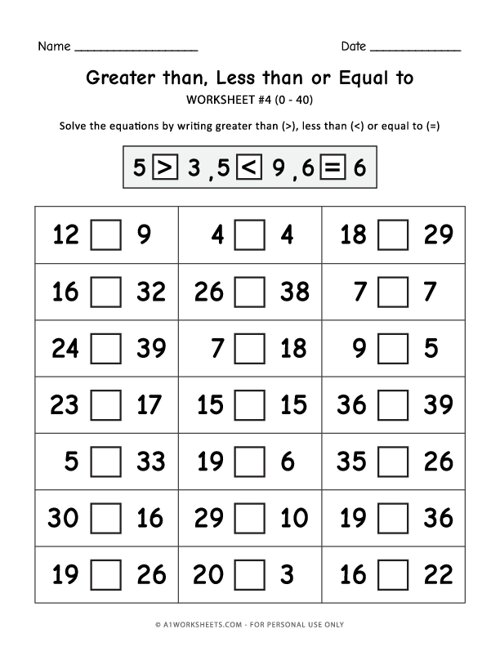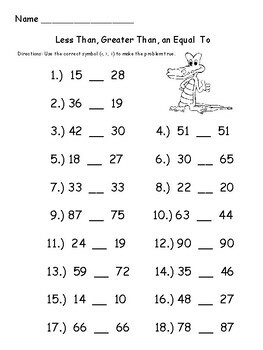


Validity is concerned with the extent to which an instrument measures what it is intended to measure. Instruments can measure concepts, psychomotor skills or affective values. Instruments can be conventional knowledge, skill or attitude tests, clinical simulations or survey questionnaires. Validity and reliability are two fundamental elements in the evaluation of a measurement instrument. I still have about 8 years worth of questions prior to that universal LaTeX support that aren't upgraded, but I'm not rushing out to change all of those because there are benefits to using the RCE and the only downside (so far) has been the lack of quiz statistics.Medical educators attempt to create reliable and valid tests and questionnaires in order to enhance the accuracy of their assessment and evaluations. Now that Canvas supports math content everywhere (except the mobile apps), I have been putting the LaTeX directly into the plain text input field rather than the RCE, so the effect for me would be minimal. I didn't know the key was using plaintext until I looked into this for you.Īs a math teacher, the only time I ever really used the Rich Content Editor (RCE) was for questions that I needed to format as math content. Another one would be to write a userscript that injected JavaScript into the browser that allows you to programmatically access the question bank questions. I've started working more with Puppeteer and Chrome to program things within the browser, so that might be an option. I also don't use question banks there are too many limitations with them - one of the biggest being that there is no API support for them, everything has to be done through the web interface and not programmatically. That's not going to be be easy and you'll have to decide whether it's worth the time to fix it. I haven't tried to fix the issue of the non-text because I don't find the quiz statistics to be all that helpful anyway and Canvas is in the process of deprecating class quizzes so any fixes would be short-term solutions.
#Greater than less than equal to quiz 1st grade manual
That's an over-zealous code stripper to think that every is part of an HTML element.Īs for fixing it, you are again correct that it requires manual intervention. You're right in that it could be escaped if it's not part of a HTML tag. Since we didn't say you could have HTML text with in it, we don't have to support it when it doesn't work. In Canvas documentation, they use the premise that if we don't say it will do something, then anything can happen. These are things that aren't documented, or that people wouldn't even think to go looking for exceptions because it seems like it should be intuitive. I created a multiple choice quiz and created answers that had from HTML answers but leaves them for plain text isn't the first time I've come across things in Canvas that people assume will work one way just to find out that it doesn't and there's no easy way to fix it. That got me thinking, so I did some checking. That was worse than what you had because there wasn't anything there but the image and so nothing showed up in the quiz statistics. I created a multiple choice quiz and created answers that had from HTML answers but leaves them for plain text had looked at this issue before when we discovered that Canvas was removing math equations images (which were wrapped in elements at the time).

Now this is on a multiple drop-down question, where only text (no HTML) is allowed. However, in other cases where I have, I can get them to show up for me. Had looked at this issue before when we discovered that Canvas was removing math equations images (which were wrapped in elements at the time).


 0 kommentar(er)
0 kommentar(er)
